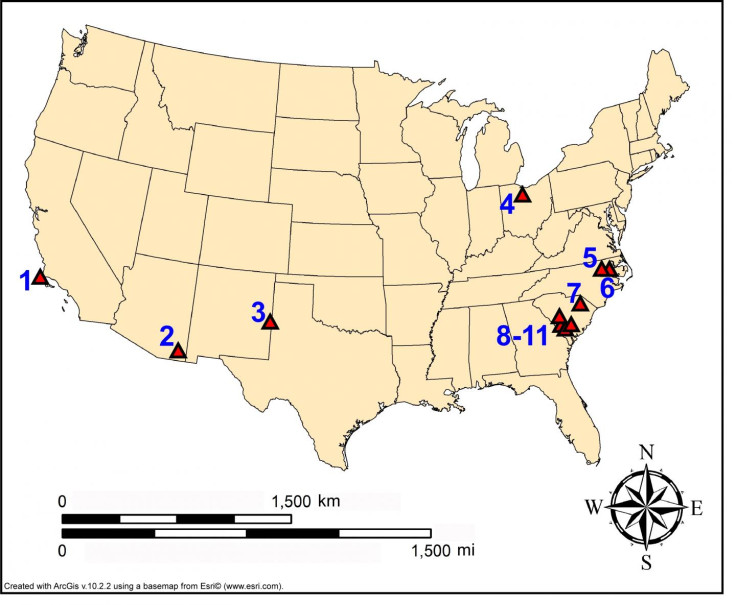America's Clovis people mysteriously disappeared 12,000 years ago. It now appears a meteorite helped wipe them out
Platinum detected at prehistoric Clovis sites is thought to be of meteorite origin.

Traces of platinum, a metal associated with meteorite impact, have been found at archaeological sites of the Clovis people across the US, suggesting that they were wiped out in a mini-Ice-Age triggered by the impact of an extraterrestrial object.
The Clovis people disappeared from North America about 12,800 years ago. Many of the large creatures they hunted – a total of about 35 species – went extinct at about the same time.
These events happened at the start of a period of intense cold that lasted about 1,400 years, a throwback to the last Ice Age that had covered much of North America in glaciers for tens of thousands of years.
What caused this cold snap, known as the Younger Dryas, is still a mystery. One theory is that it was caused by a meteorite impact, but an impact crater where such a meteorite hit has never been found.
However, a paper published in the journal Scientific Reports finds that traces of platinum – a metal associated with meteorites – has been found at 11 archaeological Clovis sites in the US. The platinum has been found in sediment dating back to the start of the Younger Dryas.
If the Younger Dryas was caused by a meteorite, it is likely to have been a shower of small objects rather than one large meteorite, the authors say. This could have been enough to throw huge amounts of dust into the atmosphere and trigger climate cooling.
"Platinum is very rare in the Earth's crust, but it is common in asteroids and comets," said study author Christopher Moore of the University of South Carolina in a statement.
Traces of platinum dating back to the start of the Younger Dryas have been found before in the Greenland ice core, and the findings of similar traces at archaeological sites across the US adds weight to the meteorite hypothesis.

"It is continental in scale – possibly global – and it's consistent with the hypothesis that an extraterrestrial impact took place," said Moore.
"The anomalies represent the atmospheric fallout of rare elements resulting from an extraterrestrial impact."
The Clovis people were some of the earliest inhabitants of North America. Previous research suggests that they hunted and ate Ice Age animals like mammoths, mastodons and gomphotheres, which they hunted with stone-tipped spears.
© Copyright IBTimes 2025. All rights reserved.






















